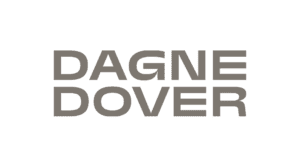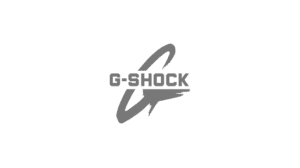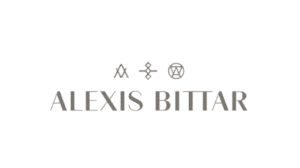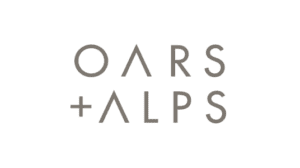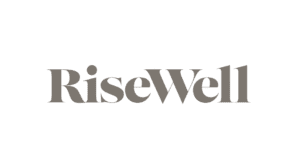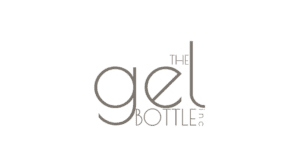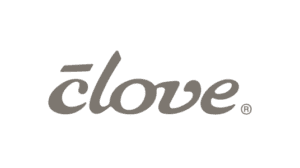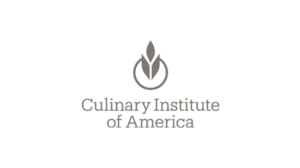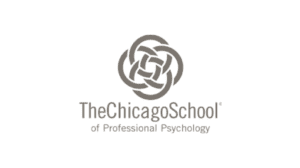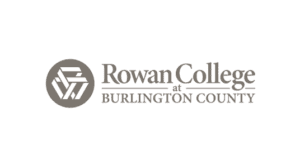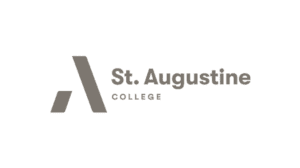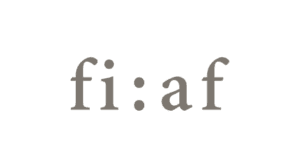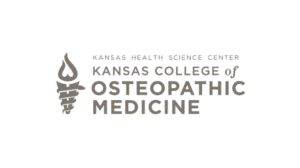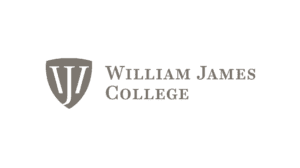SEO, or Search Engine Optimization, is the organic practice of increasing both the quality of traffic to your website as well as the quantity of traffic. Not only does SEO appeal to search engines, but it is also highly involved in understanding users and their behavior.
When we talk about organic, we are talking about non-paid advertising. When a user searches for something and gets taken to a SERP (search engine ranking page), normally, the top three results are paid advertisements. Everything after those ads are organic search results, and the first page of results are where you want your site to live.
If you are new to SEO, or are looking to increase your organic efforts, continue reading to learn about some of the steps Mason Interactive suggests to improve your site and rank higher.
Don’t Overlook Meta Titles & Descriptions
The main purpose of meta titles and descriptions are to tell users what your pages are about at a quick glance. Here are a few best practices to keep in mind when writing meta titles and descriptions:
- Keep title tag under 60 characters and descriptions under 160 characters
- Include target keywords
- Avoid keyword stuffing and try to keep it short and sweet
- Write unique meta titles and descriptions for each page
- Try to include a call to action
URL Structure: Keep it Short and Sweet
Having a proper URL structure is important for both users and search engines to get an idea of what a page will be about. According to Backlinko, shorter URL’s tend to rank slightly higher than longer URL’s, so try to keep your URL as short as possible. In addition to keeping your URL short, including keywords in your URL helps increase your rankings. Lastly, try to avoid adding words like “and” and “the” into your URL structure. These are stop words and not only add to the URL length, but do not add any value whatsoever.
Understand What Your Users are Looking For
Behind every query, there is search intent. Aligning your website content with the search intent of users is vital to appearing higher on SERP. This is where blogs and videos lend a helping hand.
When a user searches for “how to optimize for SEO,” you want to make sure that query is included in your content so you can easily satisfy that search query.
There are four main types of search queries:
- Informational
- Navigational
- Commercial
- Transactional
Informational search queries are just users seeking information. Navigational queries are users searching for something specific, like “Mason Interactive.” Commercial queries are users looking to buy something, but they need more information before they do so. And finally, transactional queries are when users are ready to purchase a product or service.
Making sure that your SEO content aligns with a users’ search intent is what will get eyeballs to your site. You cannot optimize for “buy SEO online class” and only offer the user reasons why SEO is essential to your site’s success. In layman’s terms, you need to optimize for what your target audience is searching for.
Optimize Page Speed for a Better UX
Page speed and load time is a major Google ranking factor, as well as an important factor for visitors to your website. If a page takes too long to load, users will get frustrated and leave, causing your traffic to drop and your bounce rate to increase.
Here are some suggestions to increase your pagespeed:
- Image compression (see below)
- Delete unused/unnecessary plugins and widgets
- Reduce your redirects (if possible)
- Minify JavaScript & CSS
Images Can Make or Break Your Site
Having images on your site is a great way to add a visual element while also grabbing the attention of your visitors. However, images can take up a lot of space on your site, causing it to slow down. Here are the best practices for image optimization on your site:
- JPEG for photographs, PNG for text images, or WebP
- Image compression
- Image alt text
- Lazy-Load images
All of the above listed image optimization techniques can make a huge difference in your site speed and performance, as well as help your site rankings.
Your Internal Link Structure is the Backbone of Your Site
Internal links help to establish your site’s infrastructure and page hierarchy. The best way to utilize internal linking is to first identify your top performing pages and your pages that need a little TLC. The best way to leverage internal linking is by adding links from your strongest pages to your weakest pages. Always make sure that your internal links are working properly and not broken, because broken internal links can get penalized by Google and cause your rankings to fall.
Website Security is a Must!
Making sure your site is secure is not only important for SEO results, but important to visitors to your site as well. You want to make sure that whatever information visitors share on your page stays private. Moving your site to a secure server (HTTPS vs. HTTP) is the best way to make sure information stays private.
The main difference between HTTP and HTTPS is the SSL (secure sockets layer) certificate. This certificate encrypts user information and translates the data into code. With an SSL certificate, even if a user’s information was stolen, it would be encrypted and not understood. In addition, being on a secure server is one of the factors Google uses to rank your site on SERP.
Speak Search Engine’s Language by Using Schema Markup
Schema is microdata that you can add to your HTML code to improve the way your site is read by search engine crawlers.
Schema is microdata that you can add to your HTML code to improve the way your site is read by search engine crawlers. Many people get confused or scared by the term ‘schema’, so here is an easy way of understanding it.
The whole point of introducing schema into your code is to make it easier for Google to crawl your site. Schema is Google’s preferred language, so search engines will be able to understand the information on the page much better and in turn rank it higher in SERP.
How Can Mason Interactive Help?








